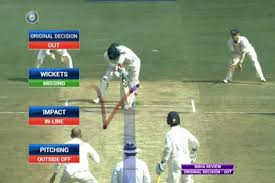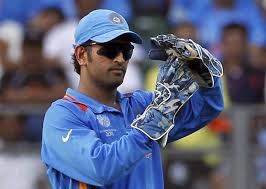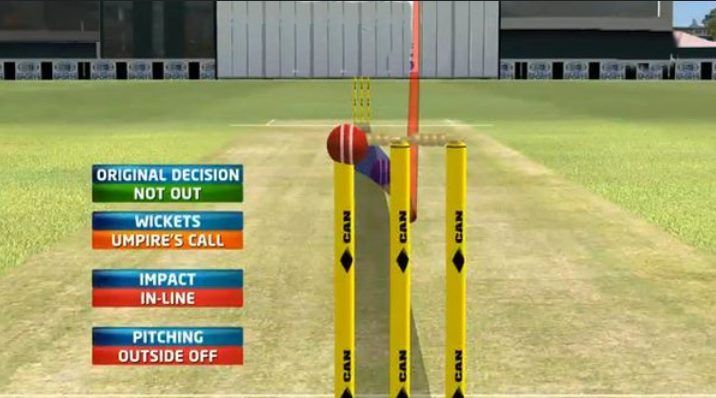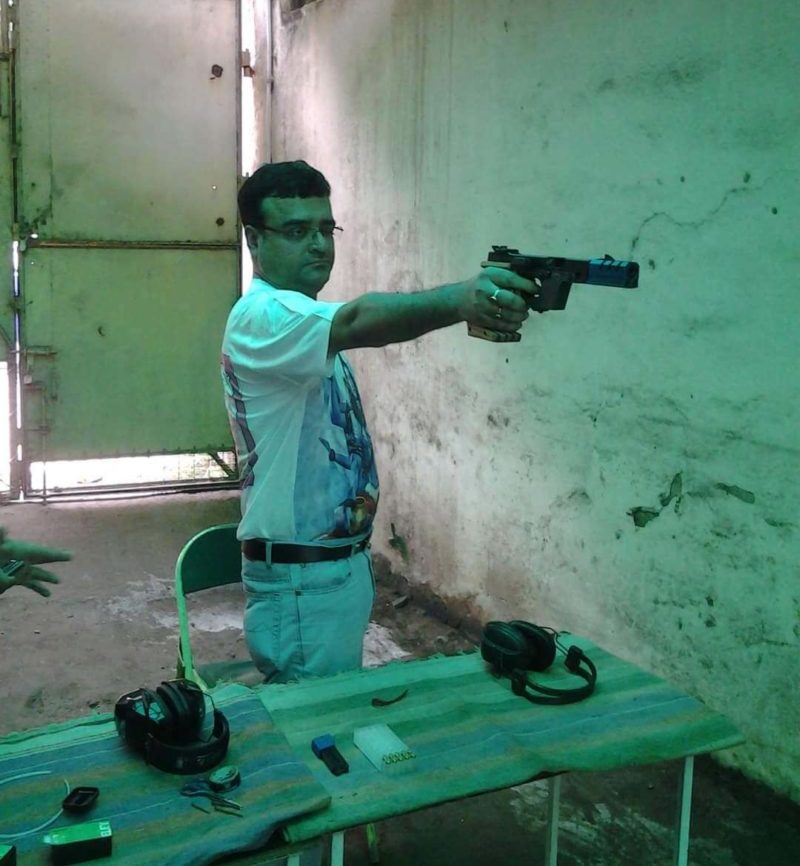Vijayhardik takes a hard look at the controversial DRS in cricket. He shows us how it used wrongly. A Different Truths exclusive.
 What the VAR is to football, the DRS is to cricket!
What the VAR is to football, the DRS is to cricket!
The decision to introduce technology to assist match officials i.e. the umpires and the referee in reviewing their controversial and erroneous decisions. The system was named as the Decision Review System (DRS). In short, it is dubbed as the DRS.
The system offers the use of television replays, the capability to track the trajectory of the ball and predict its outcome, the detection of sound by the ball on hitting bat and pads using microphones and the facility of infra-red imaging to determine the ball hitting bat or pad by detecting change in temperatures.
Though initially proposed in the year 1997, the need for DRS was not felt until the year 2008.
Though initially proposed in the year 1997, the need for DRS was not felt until the year 2008. The umpiring howlers committed in the now infamous Sydney Test Match played between India and Australia (from 2-6 January 2008) brought out the necessity for a system to hold umpires accountable for their decisions.
The controversial match led to the birth of the DRS. Officially introduced by the ICC (International Cricket Council) in 2009, it marks its tenth anniversary this year. The DRS has its own chequered history. In the journey from being an object of scepticism to finding acceptance, it has had to wade through some trying times. To overcome these challenges, the DRS has evolved into its present form.
The ongoing IPL season has presented a new set of challenges for the DRS to tackle.
The ongoing IPL season has presented a new set of challenges for the DRS to tackle.
Two matches have thrown up a couple of different questions for the administrators to answer about the DRS. The first one popped during the match between Kings XI Punjab and the Kolkata Knight Riders. The second one has become the source of a heated debate after the match between Mumbai Indians and Royal Challengers Bangalore.

To escape from being penalised and giving away a free run, Kolkata appealed. When their appeal was turned down, they opted to use the DRS.
In the match between Punjab and Kolkata, the commentary of a commentator brought the issue to my notice. It was the final phase of play. The last four overs in the second innings. David Miller was on strike. It was the last bowl of the over and the delivery was a wide. To escape from being penalised and giving away a free run, Kolkata appealed. When their appeal was turned down, they opted to use the DRS. Though it did not go in their favour, they got away with the wide delivery.
In normal cricketing parlance, on a wide delivery the batting team gets an extra run. The bowling as a penalty has to bowl an extra delivery. But when the DRS is brought into play this rule of the game is being violated. Why was Kings XI Punjab not given an extra run courtesy of the wide delivery?
Does usage of DRS turn wide deliveries into legal deliveries?
The umpiring error in the match between Mumbai and Bangalore might have cost Bangalore the match. The umpire failed to check a no-ball of the last delivery of the match. It resulted in Mumbai winning the match
The DRS was introduced to the game of cricket to minimise umpiring errors.
The DRS was introduced to the game of cricket to minimise umpiring errors. But, in particular, the technology available was not used to make the right decision. Wides called incorrectly and no-balls left unchecked changed the outcome of the match.
Since the ability to make those decisions lies with the umpires, why can’t they be brought under the ambit of DRS?
Are not wides and no-balls decisions made by the umpires? Most of us would say,  yes! Since the ability to make those decisions lies with the umpires, why can’t they be brought under the ambit of DRS?
yes! Since the ability to make those decisions lies with the umpires, why can’t they be brought under the ambit of DRS?
The DRS though helping players and umpires to win games and make better decisions in its decade long journey, it is shy of being completely accepted. It is still criticised of being incomplete. Even in the wake of an improved DRS since the last couple of years, the questions still rage.
©Vijayhardik Josyula
Photos from the Internet





 By
By

